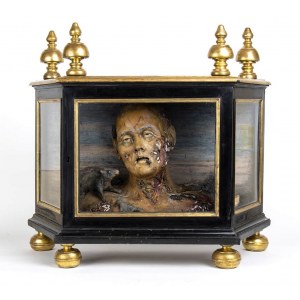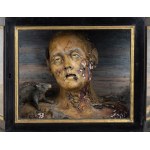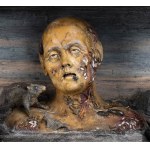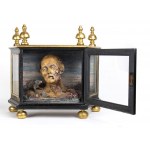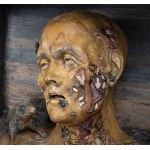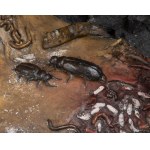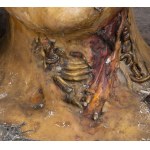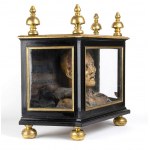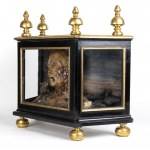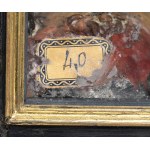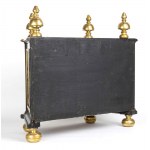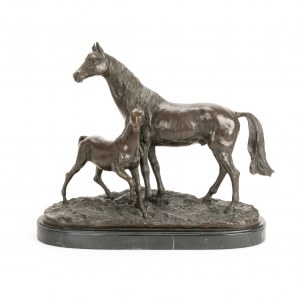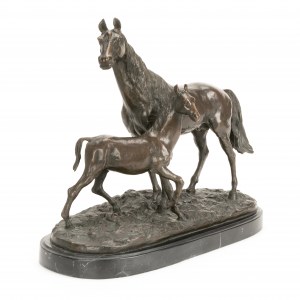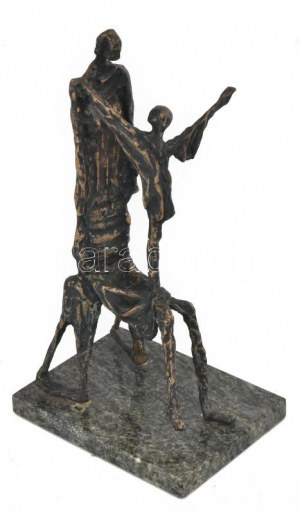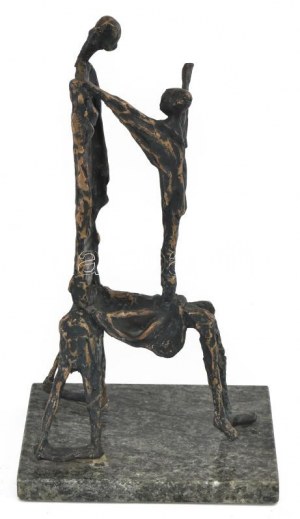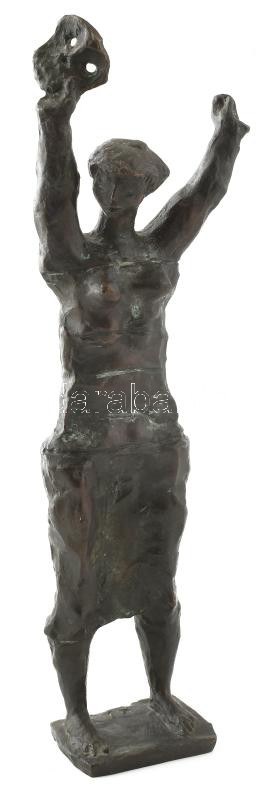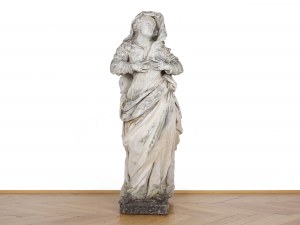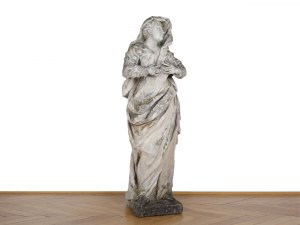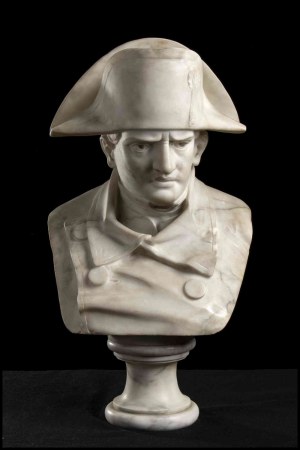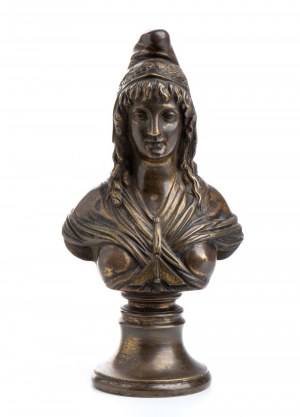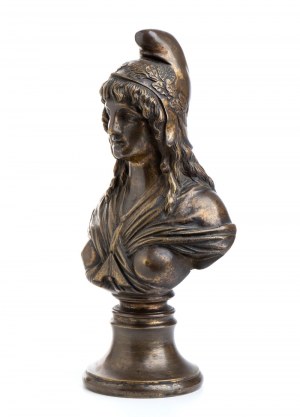Ceroplasty, wood and glass case.
Ceroplasty, or the ancient art of working with wax, has been used since antiquity in the funerary and devotional spheres, and later from the 17th century it was also widely used for the didactic reproduction of anatomical, zoological and botanical models. In the course of time, ceroplastics became famous for its representations especially in the anatomical field, thanks to artists such as Gaetano Giulio Zumbo (Syracuse 1656- Paris 1701).
The Sicilian abbot Zumbo, after his first studies in Naples, attended the oldest school of anatomy in Bologna, the Alma Mater Studiorum, then moved to Naples, before arriving in Florence in the service of Grand Duke Cosimo dè Medici (between 1691-94), famous for the macabre wax models made in this period depicting human bodies in various stages of decomposition.
He later worked in Genoa, where he executed two important works that have been lost: a Nativity and a Deposition from the Cross. The ceroplast's fame reached as far as Paris, where in 1701 he was invited to 'show one of his anatomical heads at the Académie Royale des Sciences'(1) . Following this, he obtained a monopoly on anatomical preparations from Louis XIV and was also authorised to give public lectures on anatomy, but unfortunately died suddenly of a haemorrhage in the same year.
His artefacts straddle the line between scientific and artistic rigour; they do not merely reproduce reality but offer a dramatic and grotesque vision of the transience of life. These representations, like other similar ones of his time, had 'the function of exorcising the illness, pain and pestilence'(2) that was rampant at the time; in fact, according to 17th century thinking, surrounding oneself with these images distanced death itself.
Zumbo had a particular predilection for the figurative depiction of the human body in decay. Witness the waxwork of the Anatomical Bust with Vermin, in which the appearance is emotionally disconcerting both in anatomy and in the rendering of details. The body, corrupted by decomposition, emerges in a disgusting scenario in which animals rage against putrescent flesh, set inside a wooden case with three trapezoidal openings.
The young man's face suggests a violent death, given the multiple wounds in several places: in the face, skull and neck. The eye sockets are turned upwards and describe the ultimate search for a different beyond, free of suffering and finally safe. The identification of the young man is not certain, but sources suggest that during his French sojourn he met the 'General of the galleys'(3) , for whom he executed an anatomical head. This Anatomical Bust with Vermin probably dates back to that time and could identify the young man as a convict who had a rope or chain around his neck during his stay, a punishment for his conviction, as the gash in his throat suggests. The work is not lacking in symbolism and meaning: the rat represents anguish, disgust and degradation, just as the cockroach represents darkness, depression and death. The moth on the other hand, in the Christian imagination, is an emblem of resurrection and salvation precisely because of its path. Therefore, Zumbo tried to 'represent both good and evil, darkness and light, the rottenness of the flesh and decay and the Christian dream of resurrection'(4) . In conclusion, the background of the shrine is painted in broad brushstrokes without suggesting a specific description.
His works are kept in Florence at the Museo della Specola, the Regional Gallery of Palazzo Bellomo in Syracuse, in London at the Victoria and Albert Museum and in other important private collections.
1) Paolo Giansiracura, Arte e scienza in una ritrovata cera di Gaetano Giulio Zumbo, ed. Longari Arte Milano, 2016 https://www.longariartemilano.com/download/Arte-e-scienza-in-una-ritrovata-cera-di-Gaetano-Giulio-Zumbo-di-Paolo-Giansiracusa-2016.pdf
2) ibidem
3) ibidem
4) ibidem
Wooden case:
Height of the wooden work without pinnacles and feet 41 cm; height of pinnacles 13.5 cm; height of feet 6.5 cm; largest side of trapezoidal base 60 cm; smallest side 38 cm; depth 25 cm
Item condition grading: **** (excellent)
Accompanied by expertise by Prof. Paolo Giansiracusa.
Naposledy prohlížené
Chcete-li vidět seznam položek, přihlaste se
Oblíbené
Chcete-li vidět seznam položek, přihlaste se



